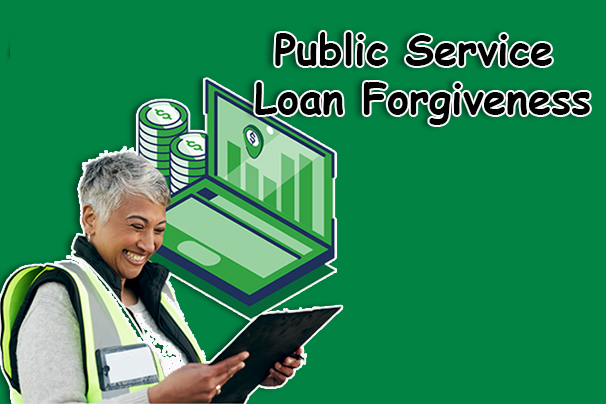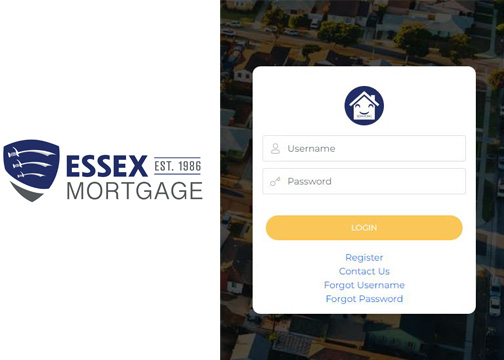Borrowers who have worked in public service, whether state, federal, local, non-profit organization, or tribal government, for 10 years or more may be eligible for federal student loan forgiveness. This means that all their student loans will be canceled completely, and they do not need to pay off the loan anymore. Public service loan forgiveness is very easy to get as long as you qualify for it.

Public Service Loan Forgiveness (PSLF) is a program that allows federal student loan qualifiers to be forgiven if they work for a qualifying public service employer and make 120 qualifying monthly payments. As long as you meet all the requirements of this program, qualifying for it is possible.
However, public service loan forgiveness offers peace of mind to qualifying borrowers that after 10 years of your 120 loan monthly payments while working at a public service job, it is worth it. Generally, this loan forgiveness applies to student loans, meaning eligible student loan borrowers get to enjoy this benefit. To confirm if this program is worth it and if you qualify, read through this write-up for insights.
Public Service Loan Forgiveness Qualification Requirements
One of the key requirements to qualify for this program is to work in an eligible public service. You may also qualify for public service forgiveness if your employer offers specific types of qualifying public services. However, only Federal Direct Loans qualify for this program, but you may also qualify by consolidating your federal loans into a new Direct Consolidation Loan. However, it is a must for you to be enrolled in a qualifying payment method. The best payment method to qualify for this program is income-driven repayment plans. This payment plan is based on your income, so you can pay less now and have more payments forgiven later.
How to Apply for Public Service Loan Forgiveness
It is very easy to apply for a public loan forgiveness program. As long as you are eligible for this program, follow the below steps to apply:
Confirm Your Loans Are Classified as Direct Loans
In cases where your loans are not classified as direct loans, you may need to consolidate your loans to qualify. To do this, visit the studentaid.gov website to determine whether or not your loans are eligible to be consolidated into a new direct loan consolidation.
Apply for an Eligible Payment Plan
Through the program website, gain more knowledge about the qualifying repayment methods. One of these methods is income-driven repayment plans. Fill out the Public Service Loan Forgiveness Form for all your public service employment and proof that you worked for a public service organization. Either by downloading the form or filling it out online, fill in the proper information required and read through the instructions given before submitting the form.
Set a reminder to submit an updated Public Service Loan Forgiveness form every year.
Do this to confirm that you are still able to get a public service forgiveness.
Immediately after the form has been submitted, ensure you are aware of who your student loan servicer is. If you do not have an idea who it is, visit the U.S. Department of Education’s federal student aid website to find out.
What if I don’t qualify for Public Service Loan Forgiveness?
There are other options to consider if you do not meet the PSLF program requirements. These options include
Check Out Other Means to Loan Forgiveness
Public service loan forgiveness is not the only federal student loan forgiveness program you can get. Although it is the most popular, there are other loan forgiveness programs you can consider. However, ensure you stay vigilant for loan forgiveness scams so you don’t fall victim.
Remain on an income-driven repayment method
Through this method, you can lessen your monthly repayment depending on your income. After 20 or 25 years, you may be granted loan forgiveness depending on your loan balance and loan type.
Refinance Your Loan
Refinancing student loans can help you save and pay off debts quicker if you qualify for a lesser interest rate. However, immediately after you refinance your federal student loan, you will lose your eligibility for loan forgiveness programs or income-driven repayment. Also, to qualify for this, you are required to have a stable income and good credit.





